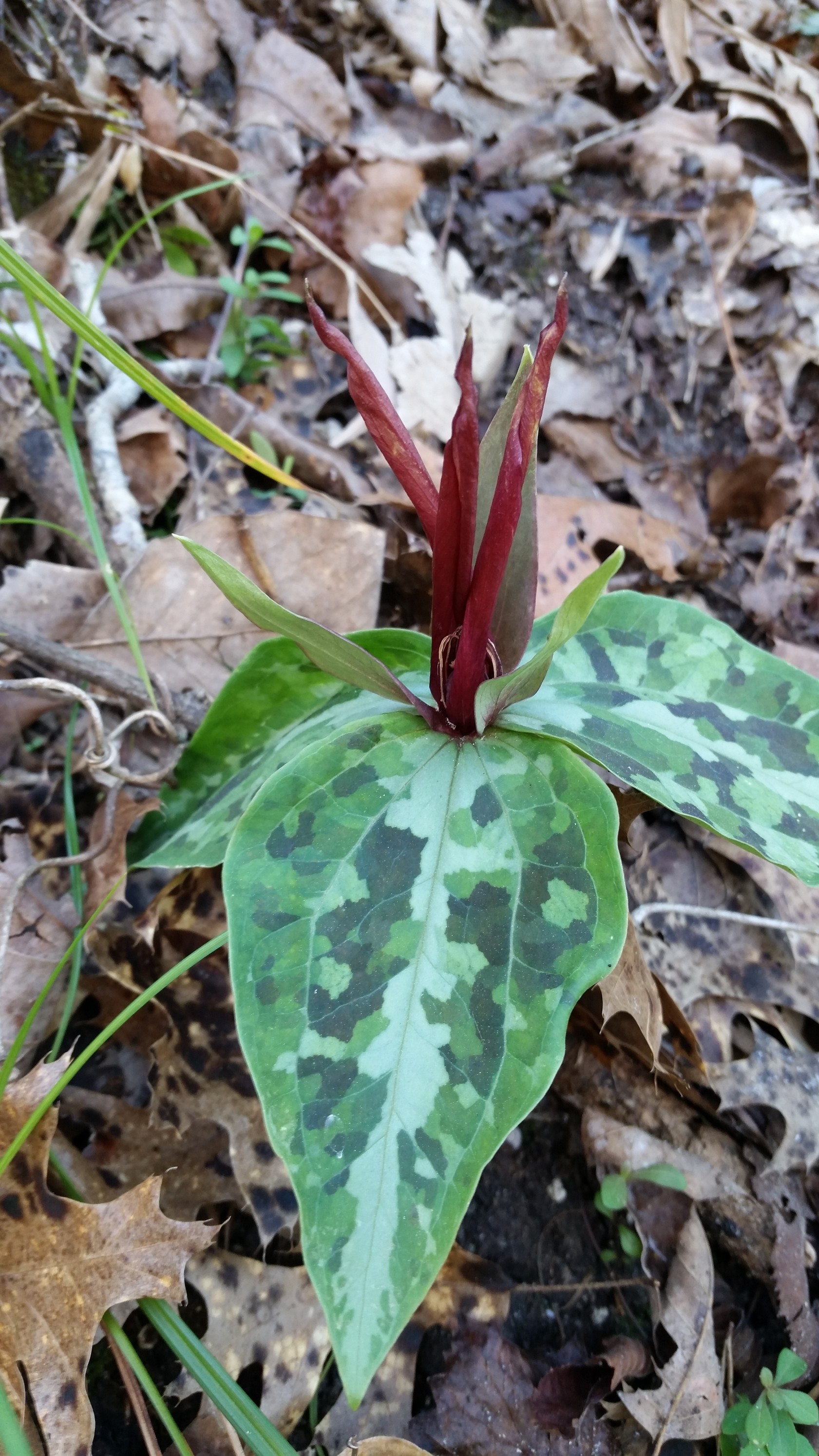Other optical imaging and microscopic imaging methods to analyze the inner morphological alterations in vegetation involve sectioning [five] this is a time-consuming approach and also this inhibits the possibility for an in vivo analyze. Negatives in these traditional inspection procedures can be prevail over with OCT. OCT is a noninvasive, nondestructive imaging technique that takes advantage of lower-coherence interferometer strategy to get superior-resolution cross-sectional images.
OCT was introduced in 1991 [6]. Owing to the edge of genuine-time imaging with micrometer resolution, OCT has verified to be a practical imaging system in organic field. Biological tissues are extremely scattering thanks to this cause, OCT is a profound organic imaging method utilised in ophthalmology, dermatology, endoscope technologies, and otorhinolaryngology [7–10].
Purposes of OCT also have expanded to electronic gadgets like LEDs and LCDs for comfrey plant identification defect inspection and layer thickness measurement, and so forth [eleven, twelve]. OCT has also grow to be well-known in the field of plant study and investigation.
- Will be there any professional applications/application for shrub detection?
- The kind of shrub is usually a vine?
- Shrub Identification Tips To Help To Improve Grow Realization
- Becoming Starting with Plant Recognition
What are the 4 types of greenery?
It is certainly useful in learning the morphology and alterations in layers of fruits, seeds, and other areas of vegetation [13–18]. Lately, analysis do the job has been began on plant leaves, to study effect of disorder in morphological changes of levels in plant leaves [19, twenty]. In vivo constant checking of Capsicum annuum leaf for condition progression of gray leaf spot illness and its relative morphological improvements in structure is nevertheless to be carried out. This research shows the possibility of in vivo monitoring of vegetation in their all-natural surroundings for illness expansion and the ensuing morphological variations in inner levels of plant leaves without having producing any problems to the plant. In vivo Second and 3D photographs were received applying spectral area optical coherence tomography (SD-OCT) for detecting the distribute of sickness and morphological alterations in the levels of Capsicum annuum plant leaf, triggered by gray leaf spot illness in managed atmosphere conditions that favor the development of sickness. 2.
Grow and Blossom Identification Applications

Approach. 2. one. Plant Preparation. The Capsicum annuum seeds ended up area-sterilized following which the seeds ended up soaked and shaken in 1. 2% NaOCl (sodium hypochlorite) for thirty minutes. Then, they had been washed with distilled drinking water for twenty minutes and dried at space temperature.
- Which are the leaves of vegetation regarded as?
- What kind of plant has white-colored fresh flowers in the spring?
- Exactly what are instances of flowers and plants?
- How do a dichotomous important be employed to locate flowers?
- What exactly is a pure recognition essential?
- Exactly what do you herb in Mar?
Will I relax and take a overview and Yahoo and google it?
The seeds had been planted in pots and held in plant growth room where by 12/12-hour darkish and light problems ended up preserved at 25°C temperature and 50% humidity. The pathogen Stemphylium lycopersici was grown in V8 agar medium, 3 gm of CaCO three (calcium carbonate), twenty gm of agar, and 800 mL of distilled water with two hundred mL of V8 juice, in a chamber below 12-hour light-weight ailments at 20°C and twelve-hour dark situations at 15°C. This suspension was filtered via 3-layered cheese fabric and spores had been adjusted to 5 × ten three spores/mL and sprayed on abaxial and adaxial floor of leaves. The pots ended up then incubated in twelve/12-hour light and dim problems at 20°C during the working day and 15°C through the night to help the sickness progress. 2. two.
Optical Coherence Tomography Setup. The balanced plant and the disease inoculated plant ended up imaged making use of SD-OCT. The schematic diagram of the SD-OCT procedure is proven in Determine 1. The procedure was operated with a broadband mild source (BroadLighters T-850-HP, Superlum) with 860 nm centre wavelength and whole width at 50 % optimum (FWHM) of one hundred sixty five nm.